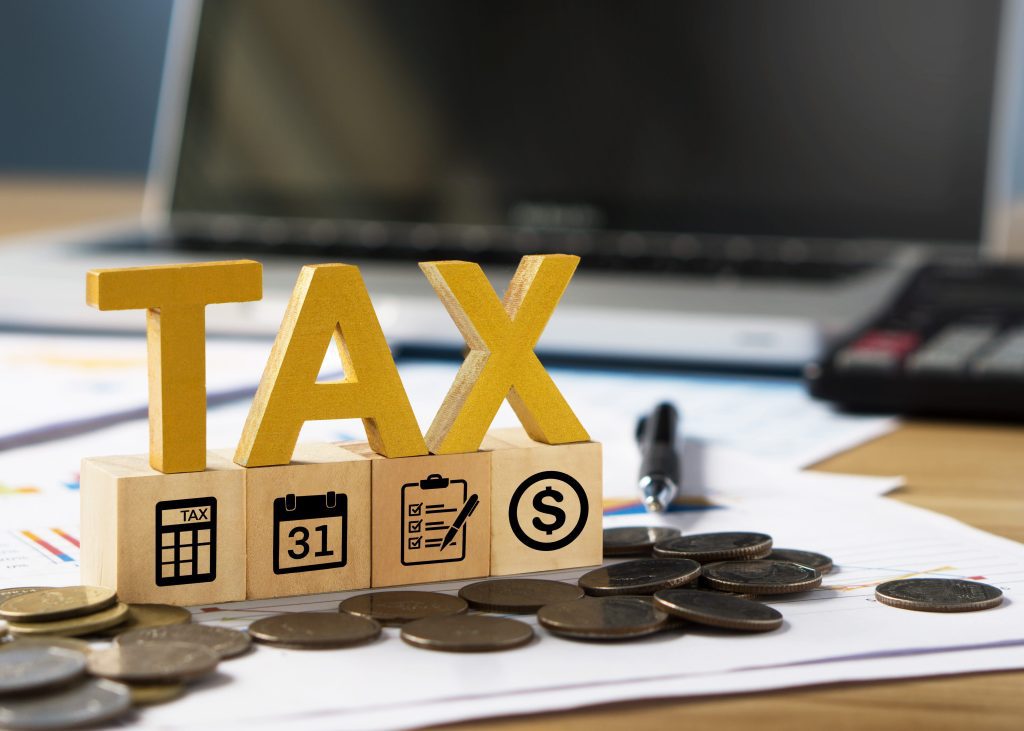

Value Added Tax applies to goods and services and differs from one country or state to another. Every income-earning organisation in Vietnam is subject to VAT payment on revenue made from selling their products and services in Vietnam. If you’re a business owner or looking to start a new business in Vietnam, here’s all you need to know about Value Added Taxes in Vietnam.
What is Value Added Tax in Vietnam?
Value Added Tax is a consumption-based tax paid when goods are purchased, or services are paid for. Unlike other types of taxes paid by businesses and companies, Value Added taxes are paid by the final consumer of the product or service being rendered.
Vietnam has specific rules and guidelines regulating the payment of Value Added Taxes for different goods and services.
What are the VAT rates in Vietnam?
Four different VAT rates in Vietnam apply to different types of goods and services. These VAT rates include:
1. Zero per cent VAT rate
The zero per cent VAT rate applies mainly to non-taxable products and services. The zero per cent VAT rate can be applied to products and services from the following industries:
- Exported goods and services;
- Construction and installation activities abroad and in non-tariff zones;
- International transport;
- goods and services are not subject to VAT upon export.
2. 5 per cent VAT rate
The 5% VAT, which is also referred to as reduced VAT, applies to the following types of businesses, such as ;
- Medical equipment
- Agricultural machinery and equipment
- Teaching aids tools
- Basic foodstuff
- Agricultural-related products and services
- Animal feed
- Fertilizers
- Teaching aids tools
- Artistic activities, exhibitions, sports; art performances; cinematography; importing, distributing, and showing films
- Children’s toys; books other than those that are not subject to VAT
3. 10 per cent VAT rate
The 10% VAT rate is also known as the standard VAT rate, and it applies to any other industry that is not listed under the 0% vat rate or the reduced vat rate.
4. VAT exemption (not subject to VAT)
The VAT exemption applies to the following types of business, such as:
- Products from certain agricultural
- Transfer of land use right
- Capital assignment.
- Foreign currency trading
- Certain insurance services
- Teaching and training
- Printing and publishing
- Public transport by bus and tram
- Transfer of technology, software and software services except for exported software which is entitled to 0% rate
What are the two methods of calculating VAT in Vietnam?
The two methods of calculating VAT in Vietnam are
- Credit method (also called as deduction method)
- Direct method
1. Tax credit method
The tax credit method applies to business establishments maintaining full books of account, invoices and documents in accordance with the relevant regulations, including
- Business establishments with annual revenue subject to VAT of VND1 billion or more; and
- Certain cases voluntarily registering for VAT declaration under the deduction method.
The VAT the consumer pays when purchasing the finished product from the manufacturer is the output tax. Hence, VAT can be calculated using the following formulas:
Payable VAT amount = Output VAT – Creditable Input VAT
- Where Output VAT refers to the total amount of VAT recorded on goods sold or services rendered on VAT invoices and
- The creditable VAT amount refers to the total amount of recorded VAT on purchased goods and services on VAT invoices and other VAT documents.
Requirements for the Creditable input VAT
For a business to fall under the tax credit method, it must meet the following criteria;
- Relevant to business activities
- Have VAT invoices or documents for purchased goods and services
- A non-cash payment for transactions of purchased goods and services with up to 20 million VND and above.
2. Direct calculating method
With the direct method of calculating VAT,
- Payable VAT amount = Added Value x VAT rate (applicable to businesses involving the trade of silver, gold, and other gems)
- Payable VAT amount =Rate x Revenue (applicable to businesses with revenue that is less than 1 million VND.
Requirements for the direct method
Businesses qualify for the direct calculating method when they meet the following criteria:
- The business has a revenue of less than 1 million VND annually or does not voluntarily register for the tax credit method
- Individual and business households
- Business establishments which do not maintain proper books of account and foreign organizations or individuals carrying out business activities in forms not regulated in the Law on Investment; and
- Business establishments engaging in trading in gold, silver and precious stones
Vietnam VAT declaration
The Vietnam VAT declaration states that businesses that offer taxable products and services are expected to register for VAT and declare their VAT either monthly or quarterly.
If the VAT is being declared monthly, the business must file its VAT returns every month, usually within 20 days after the end of the month. On the other hand, if the VAT s being declared quarterly, the business is expected to file its VAT returns within 30 days after the end of each quarter.
Businesses with revenue of up to 50 billion VND from the previous year must register for the quarterly VAT declaration to monthly VAT declaration as contained in Section 15 of Resolution No.151/2014/TT – BTC on tax amendment. Also, new businesses (businesses that are still in their first year of operation) must declare their VAT quarterly, after which they can decide to switch to the monthly declaration or continue with the quarterly declaration, depending on their revenue from the previous year.
VAT refund in Vietnam
Certain circumstances can qualify a business or enterprise for a VAT refund in Vietnam. Businesses are subject to VAT returns in Vietnam if they find themselves in any of the circumstances listed below:
- If the business adopts a credit method for a business that is still in the pre-operation investment phase and have accumulated VAT credit over VND 300 million.
- If the business adopts the credit method, having export activities when the remaining VAT that is yet to be accredited is up to 300 million VND and above. The amount of input VAT relating to export sales that can be refunded must not exceed 10% of its export revenue.
- If the business adopts the credit method and has either overpaid the VAT or has some outstanding amount of input VAT amount at the time of splitting, ownership transformation, merger, dissolution, separation, enterprise transformation, operation termination, consolidation, or bankruptcy
- If the business has been exempted from VAT payments by certain government agencies based on related laws
- If the business is heading specific ODA projects
How can we help?
Premia TNC is a corporate service company with a team of experienced and professional corporate service providers. We offer state-of-the-art corporate tax services to businesses in Vietnam, such as corporate income tax, Premia taxation services, personal income tax, and Value Added Tax. We can help your business keep up with the VAT declarations in Vietnam and ensure that your business complies with all tax laws in Vietnam, including adhering to correct tax rates on the products and services rendered.
Our clients stand to enjoy access to premium services from expert tax professionals that are always up to date with new tax rules in Vietnam. Also, business owners have the liberty to appropriate their time, energy, and resources to other aspects of growing their business, knowing that their taxes are being properly managed.



















